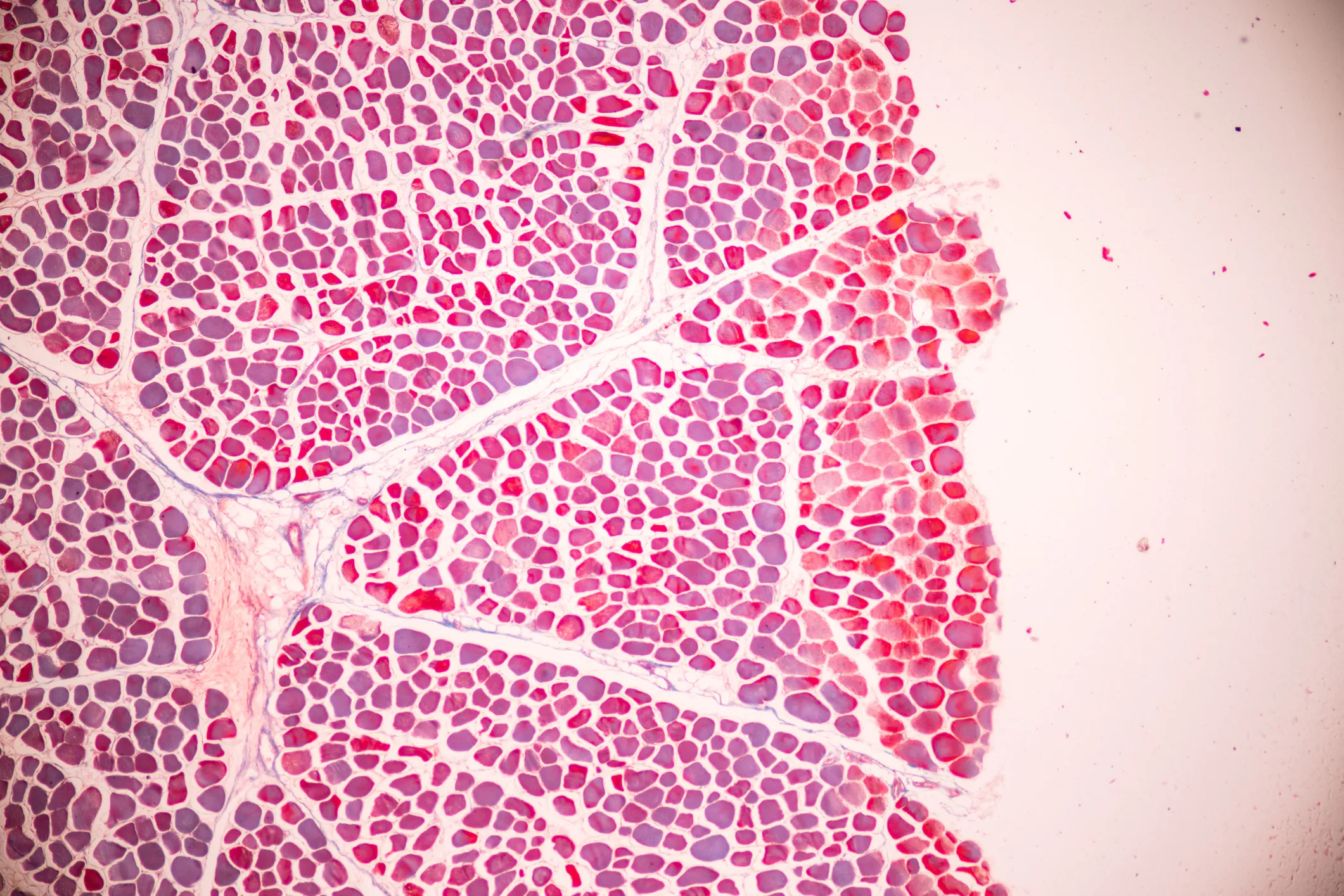NEB-related Nemaline Myopathy


What is NEB-related Nemaline Myopathy?
Nemaline myopathy (NEB-related) is a genetic disease that causes weakness in the muscles of the face, neck, arms, and legs. Along with a tendency toward decreased muscle tone, this weakness can delay motor functions such as walking. In some cases, it can also cause difficulty eating and breathing, notably in infancy.
There are at least six different forms of nemaline myopathy, caused by mutations in several genes. Counsyl screens for a form of the disease caused by a mutation in the NEB gene. This form, most common in Ashkenazi Jews, usually causes a milder form of the disease known as “typical” or “typical congenital” nemaline myopathy.
People with typical nemaline myopathy are usually born with the muscle weakness typical of the disease, but eventually develop the strength to walk. In most affected people, the disease does not become progressively worse, allowing for active adult lives. In early childhood, they may have difficulty eating.
The muscle problems associated with nemaline myopathy are caused by an abnormal buildup of thread-like structures (nemaline bodies) in certain muscle tissue.
How common is NEB-related Nemaline Myopathy?
The form of nemaline myopathy for which Counsyl provides screening is most commonly found in the Ashkenazi Jewish community, where 1 in 47,000 are affected. This mutation has also been found in families not known to be of Ashkenazi Jewish descent.
How is NEB-related Nemaline Myopathy treated?
For all people with nemaline myopathy, physical therapy can significantly improve their mobility and strength. As a child with nemaline myopathy learns to walk, this will be particularly important. If weakness in facial muscles impairs speech, a speech therapist can be helpful. If feeding is a problem, it will be important to monitor the child’s nutrition.
Infants with severe nemaline myopathy usually require a feeding tube to help them swallow properly and mechanical breathing support at least some of the time. They also need aggressive treatment for respiratory infections.
What is the prognosis for a person with NEB-related Nemaline Myopathy?
Individuals with typical nemaline myopathy tend to have a good prognosis. While they are delayed in their ability to walk, they usually gain that ability and live normal, active adult lives.
The more severe forms of nemaline myopathy cause breathing problems and lung infections which can be fatal in early childhood.
Resources
- Building Strength: A Foundation for Nemaline Myopathy
A foundation aiming to stimulate research into nemaline myopathy and support families affected by the disease. Building Strength was founded by parents of an affected child.info@buildingstrength.org
- Genetics Home Reference
Explanations of an extensive number of genetic diseases written by the U.S. government’s National Institutes of Health.
- Nemaline Myopathy Support Group
A website started in 1999 by David McDougall, who has been living with nemaline myopathy, it provides links, support, and forums for anyone interested in or affected by the disease. The group has also held several conventions.
Take action now to assess your risk for nemaline myopathy and your risk for passing it to your children. To get started with a JScreen genetic test, click here.
Source: Counsyl.

